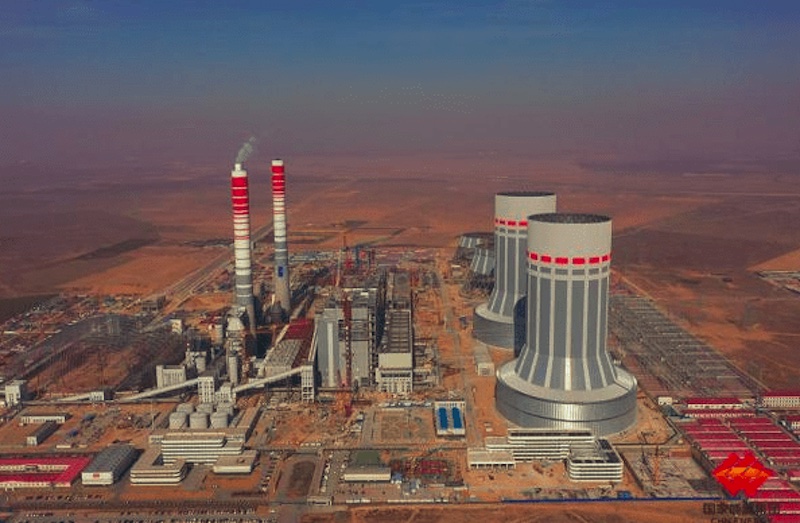China started building 33 gigawatts of new coal-fired power generation capacity last year, the most since 2016, research published on Thursday showed, in a sign that the country is falling back on fossil fuels as economic worries mount.
The newly added capacity under construction was three times more than the rest of the world combined, the Helsinki-based Centre for Research on Energy and Clean Air (CREA) and the US think tank Global Energy Monitor (GEM) said.
While new permits were suspended in 2021, they resumed in 2022, with five projects with a total capacity of 7.3 GW approved for construction in the first six weeks of the year, the research showed.
China also approved 74 million tonnes of replacement coal-based steel production capacity last year, more than the whole of the rest of the world.
“There is no space for this new capacity to be utilised under the goals of the Paris Agreement”, CREA and GEM said, adding it could leave China with an additional $90 billion to $130 billion in stranded assets.
There have been signs of China easing up on environmental pledges as it tries to shore up an economy hit by supply-chain disruption and “zero-Covid” restrictions.
“Along with the real estate slowdown, the pandemic and pandemic control measures and expected headwinds to exports are adding urgency to boosting the industrial and construction sectors, which are the most carbon-intensive part of the economy,” CREA’s lead analyst Lauri Myllyvirta said.
Chinese President Xi Jinping said last month that China’s low-carbon goals should not come at the expense of energy and food security or the “normal life” of ordinary people.
Sun Shouliang, director of the general department at China’s Ministry of Ecology and Environment, told a briefing on Wednesday that the country had to “prioritise stability” and should “not set goals too high”.
China will start cutting coal consumption from 2026, and is likely to put an additional 150 GW of coal-fired power into operation before then, researchers with State Grid have said.
- Reuters, with additional editing by George Russell
READ MORE:
Australian Utility to Shut Down Coal-Fired Power Station
India to Export Coal to Neighbours in Counter to China
IMF Staff Scrapped Key Coal Language from Japan Statement
























